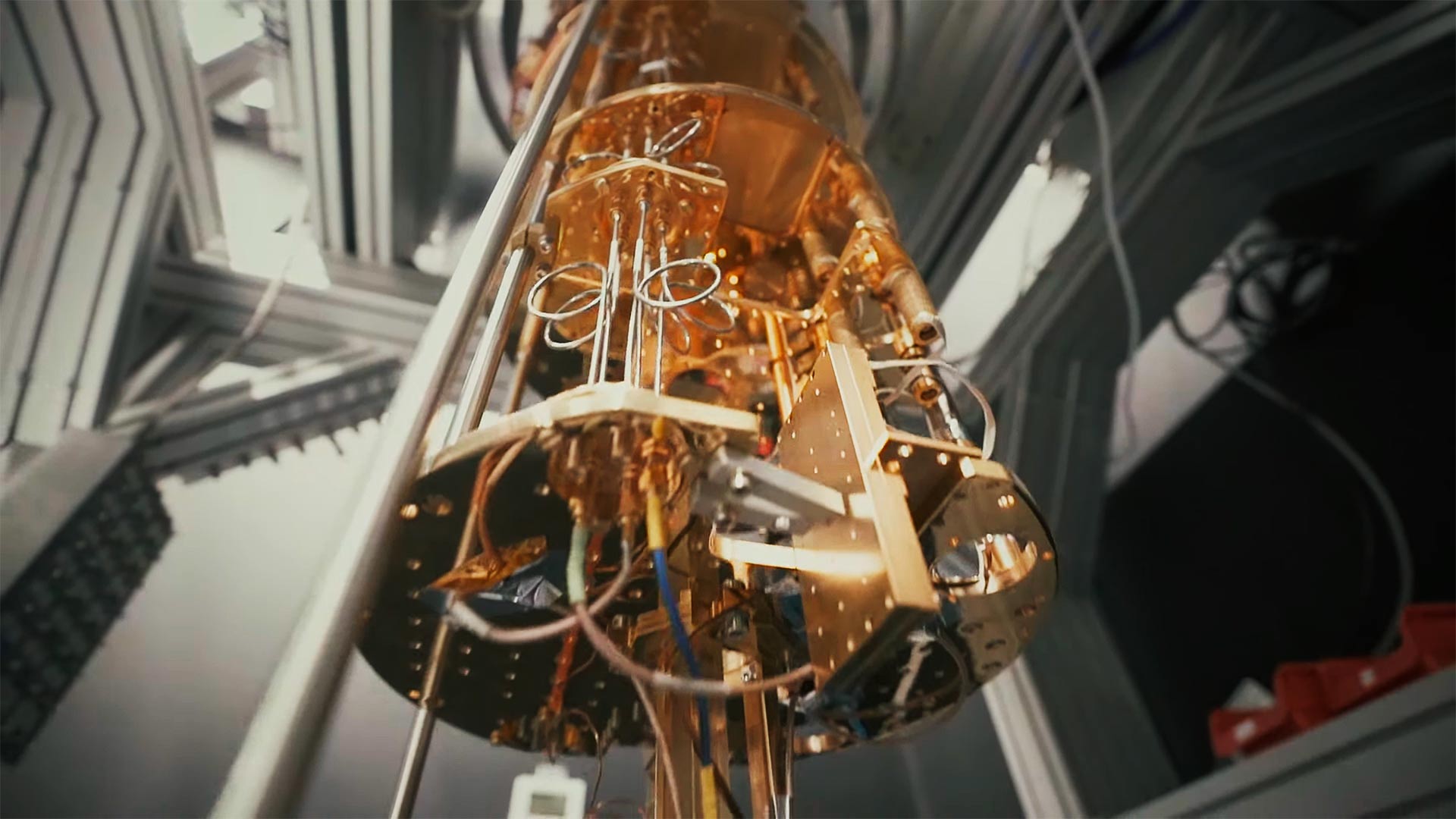
There are many obstacles to overcome before quantum computers become commonplace; however, engineers from UNSW in Sydney have brought that stage a step closer with a new technique for controlling millions of spin qubits.
The latest research from the team has just been published in Science Advances. It claims to have solved one of the major stumbling blocks preventing large-scale quantum computing - the problem being the ability to control millions of qubits without taking up vast areas of space.
Dr Jarryd Pla, a quantum engineer at the School of Electrical Engineering & Communications, said in a recent video about the development, "Quantum computers promised to revolutionise a vast range of sectors important to our everyday lives. However, current generation quantum computers are proof of principle devices with just a handful of qubits."
He went on, "...In the back of my mind, there's always been this nagging question of how we're going to go from controlling just a few cubits, which we can do now, to controlling the millions of qubits that are going to be needed to harness the full potential of quantum computing."
Traditional quantum computers rely on microwave magnetic fields via a current through a controlling wire next to the qubit. The problem is that the qubits can only be controlled close to the wire because the controlling magnetic fields drop off quickly with distance. In order to control more qubits, the computer needs more wires, which take up valuable space and generate lots of heat. With quantum computers requiring extremely cold temperates of around -270°C to operate, additional heat generation will cause a big problem.
More on quantum computing
- Quantum Computing just got desktop sized
- Quantum Computing's 1000 quit leap by 2023
- Google makes essential leap towards large scale quantum computing
Efficient control of qubits
The team at UNSW has discovered a way that they can eliminate the control wire entirely.
Pla states, "In our new result, we have removed the control wire and come up with a new way to deliver the field that can cover the entire quantum chip. We place a small crystal on top of the device and excite it with low power microwaves. The crystal resonates and produces a uniform magnetic control field across an area on the chip, capable of reaching several million qubits. Since this field is uniform, the qubits all rotate at similar speeds, which is critical for improving reliability and avoiding errors."
The crystal in question is called a dielectric resonator. The resonator shrinks the wavelength of the microwaves down to below one millimetre, making an efficient conversion of the microwave power into the magnetic field that controls the spins of the qubits.
Notably, the new method doesn't require vast amounts of power for the magnetic field, reducing heat production.
Dr Pla's colleague at the university, Professor Andrew Dzurak, Scienta Professor in Quantum Engineering, said, "I'm really excited by the possibilities of this new technique because it was the missing piece of the puzzle. There's still lots of engineering to be done to reliably manufacture millions of qubits that are going to be needed in the future. But this now shows us a way of controlling those qubits."
Dr Jarryd Pla continued, "Quantum computing technology really has the potential to affect lives. This result gets us one step closer to realising all this potential."
The engineers have written a full summary of their research over on the Science Alert website.
Tags: Technology Futurism computing


Comments